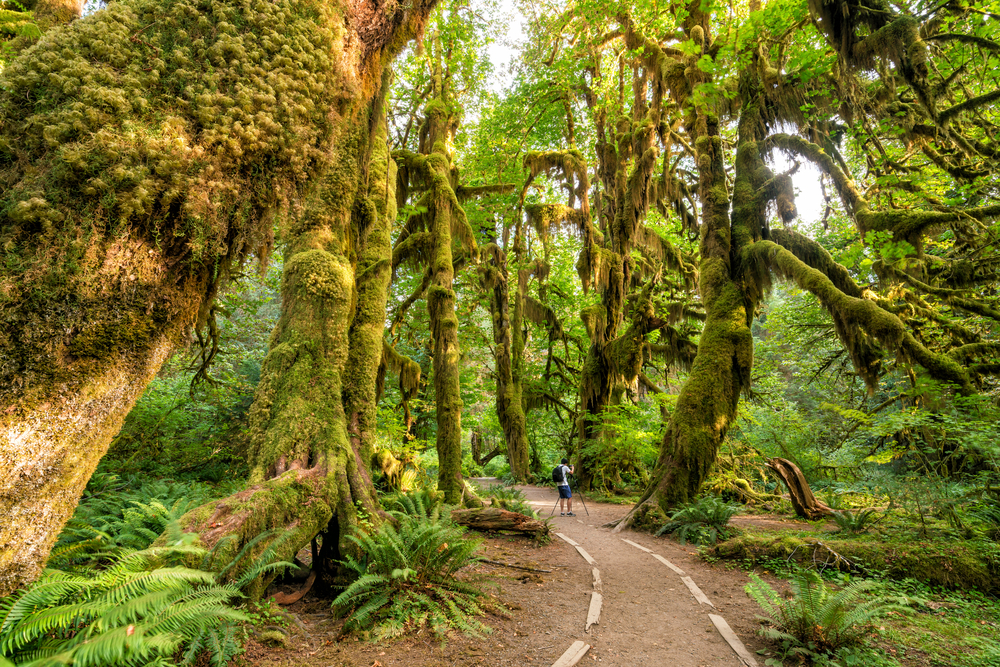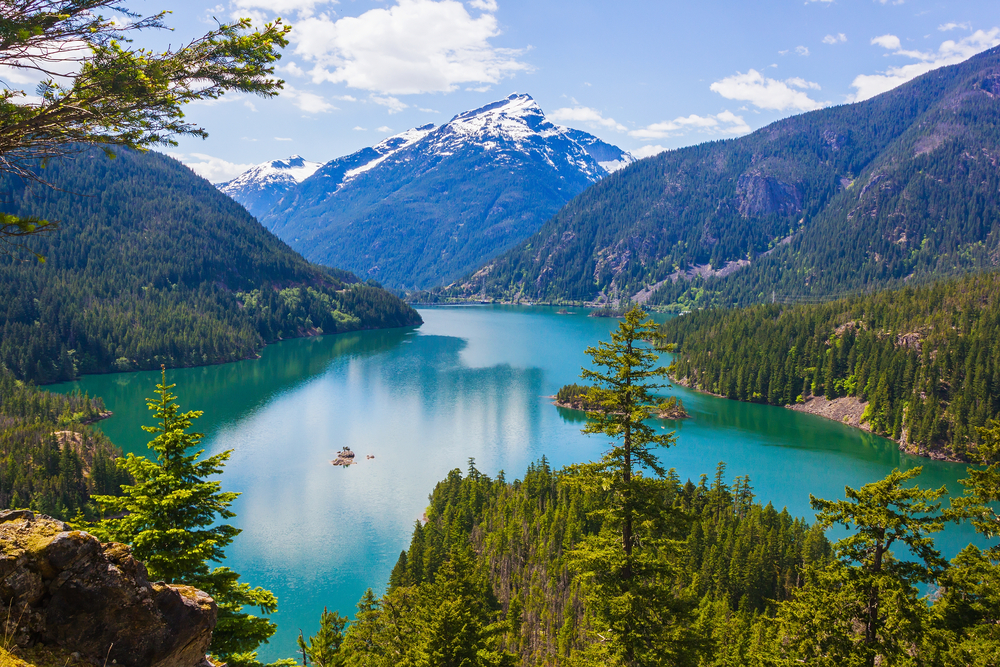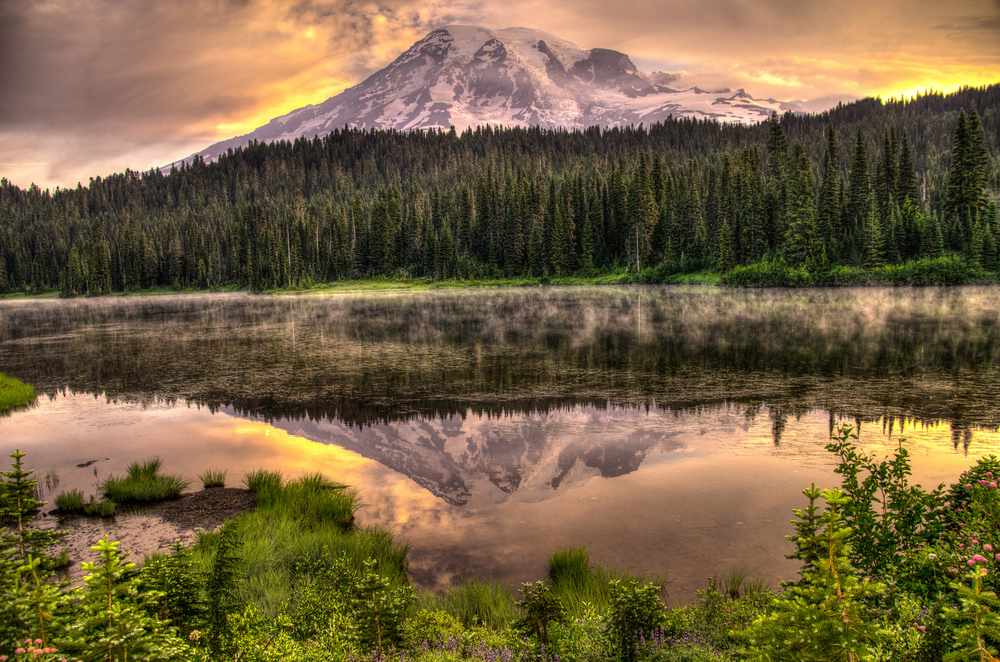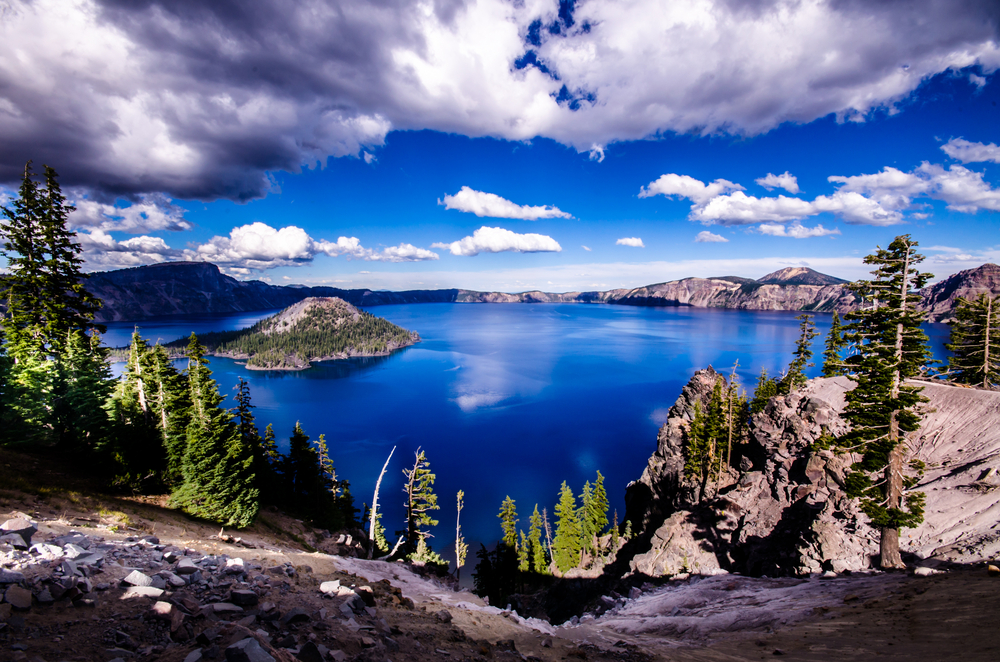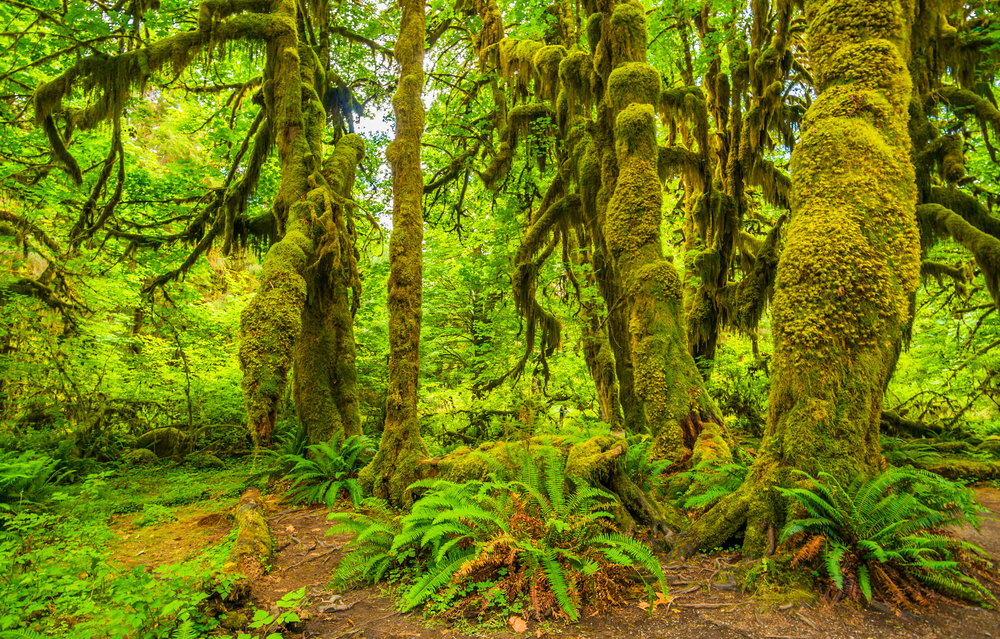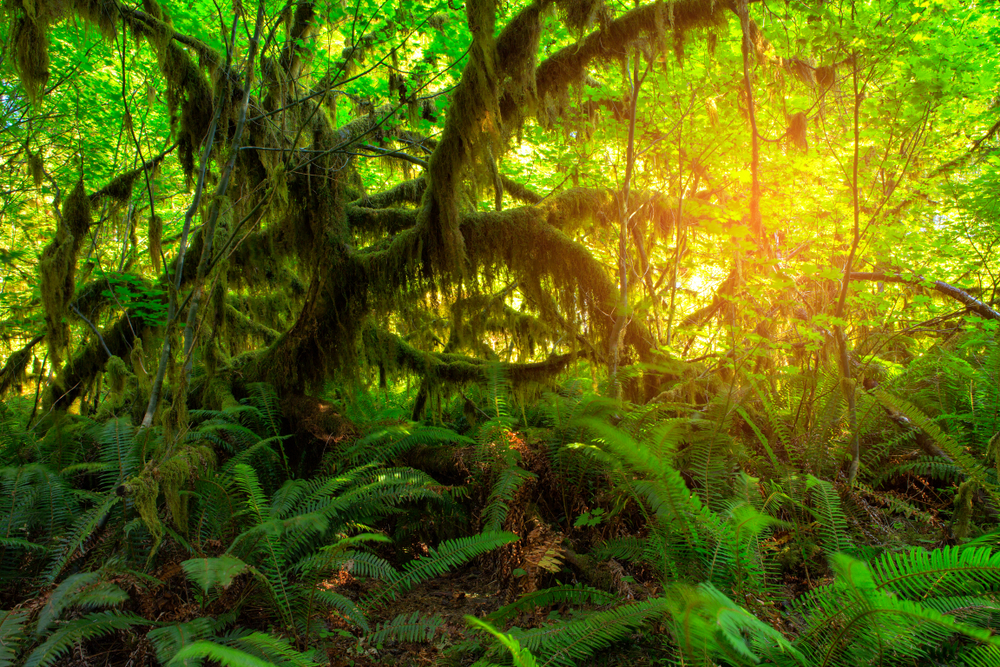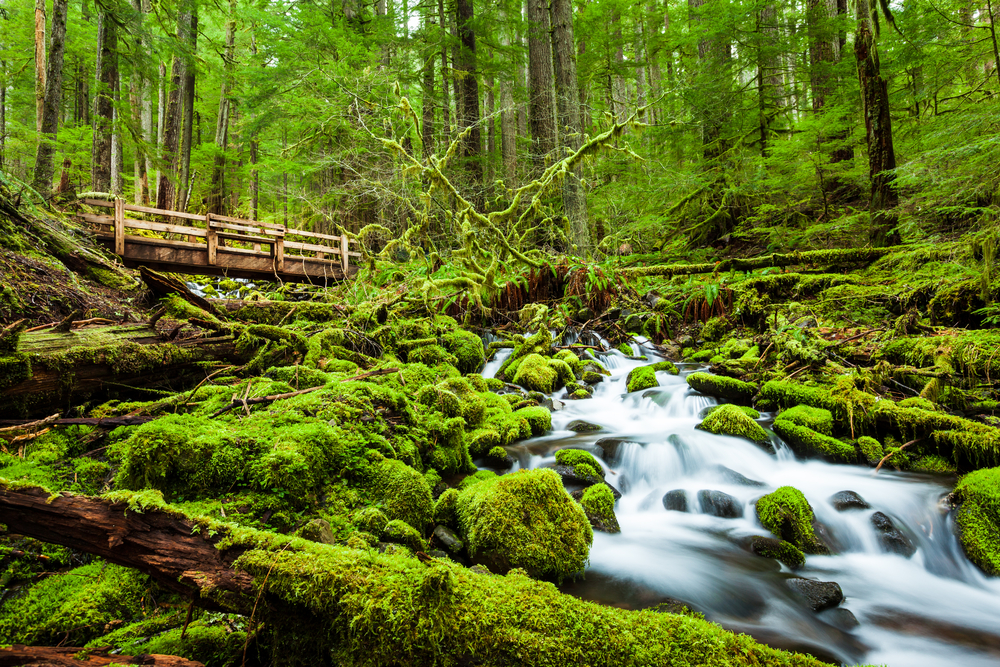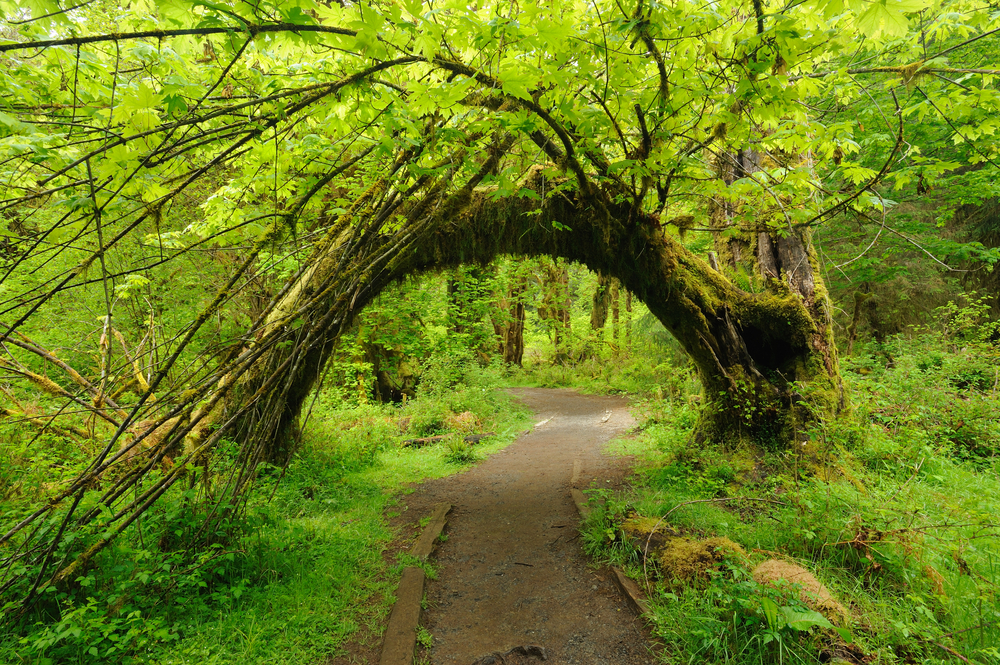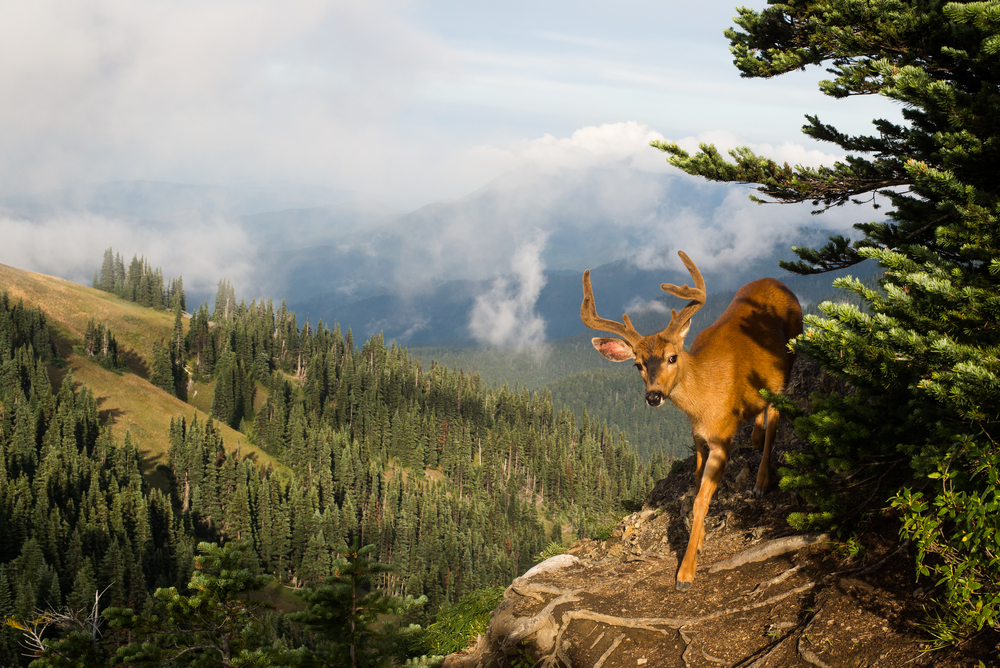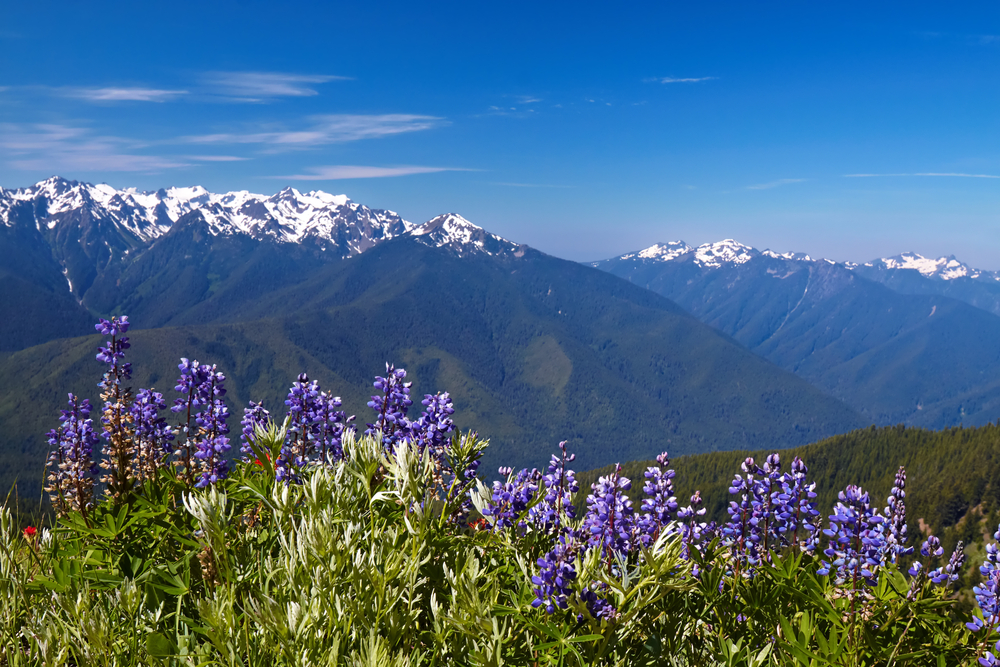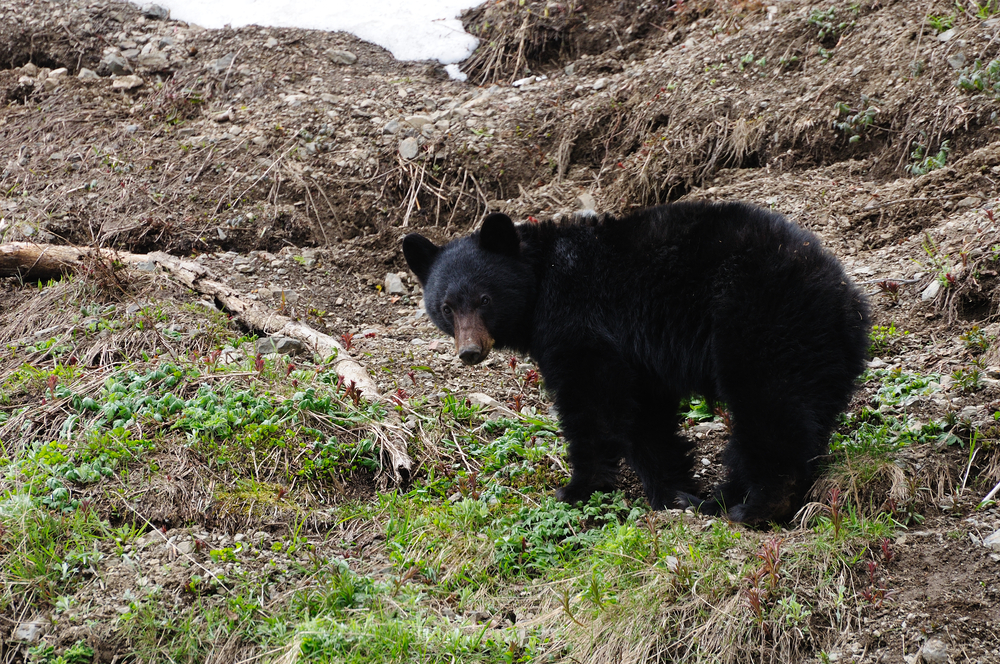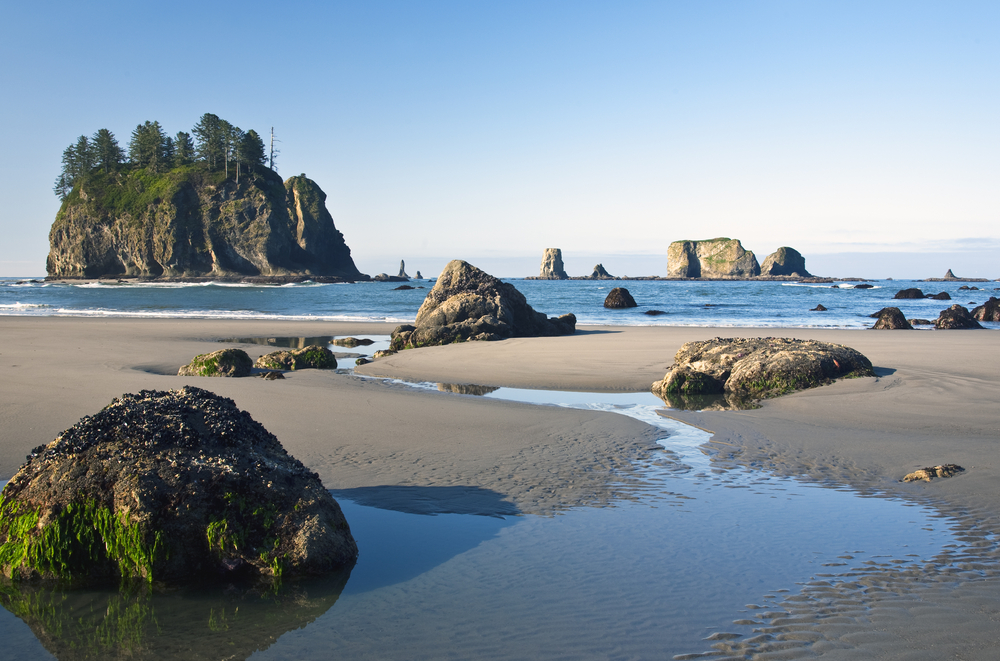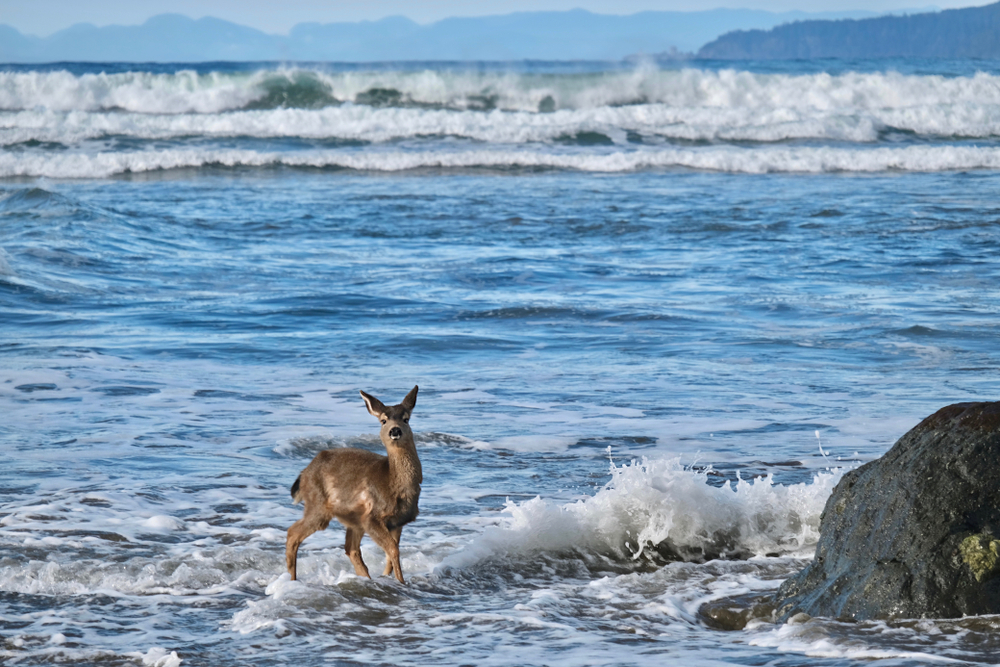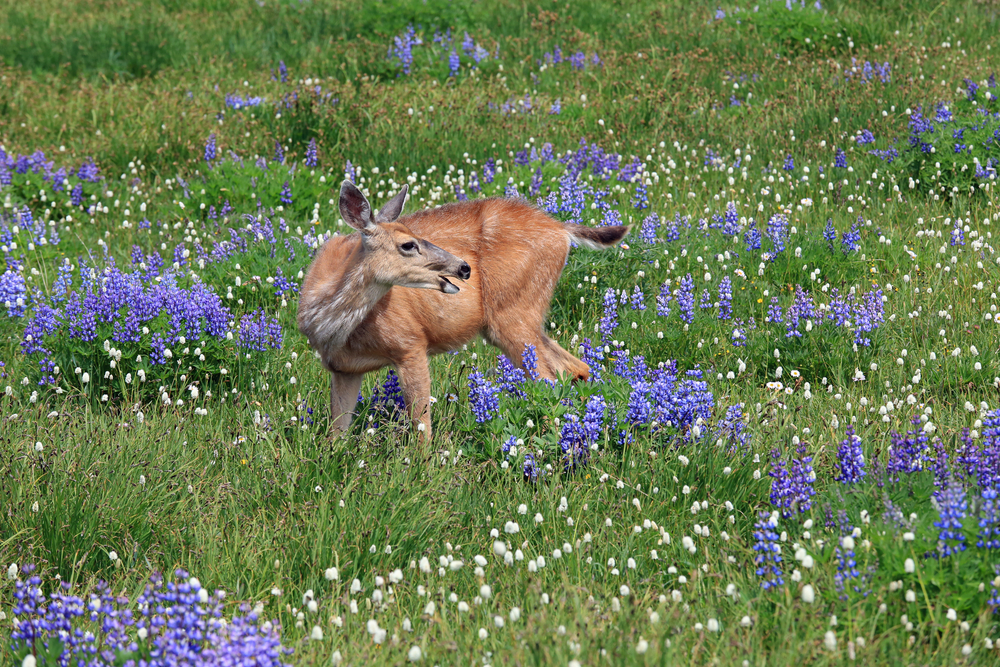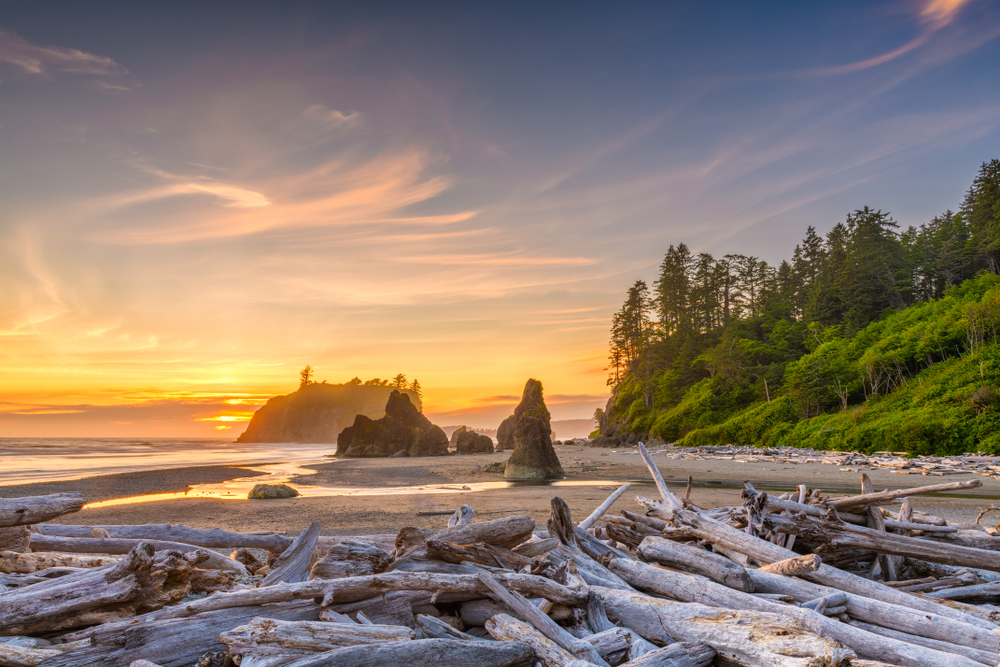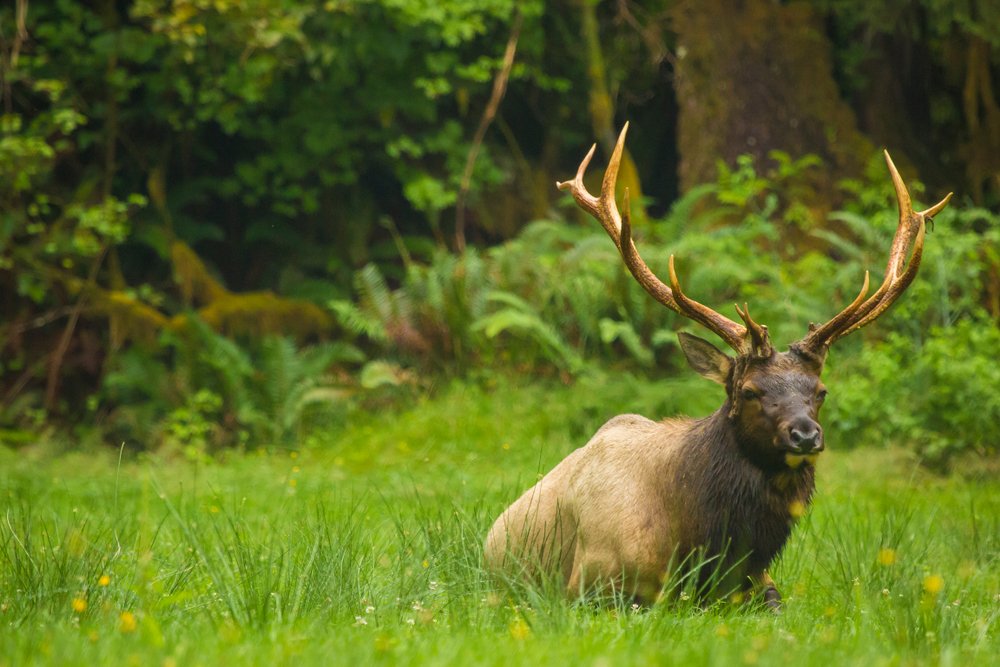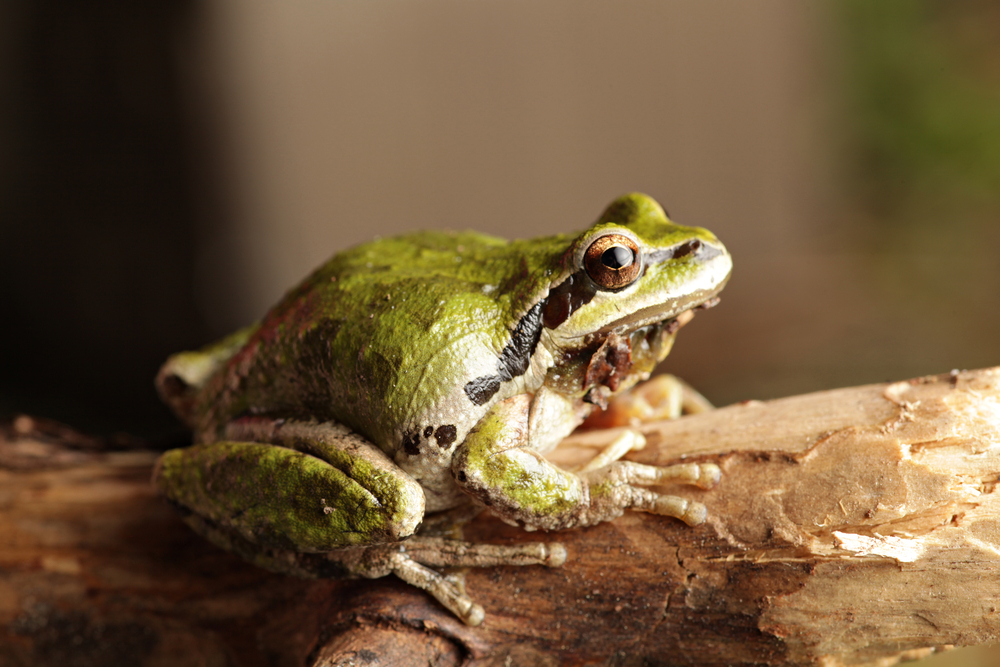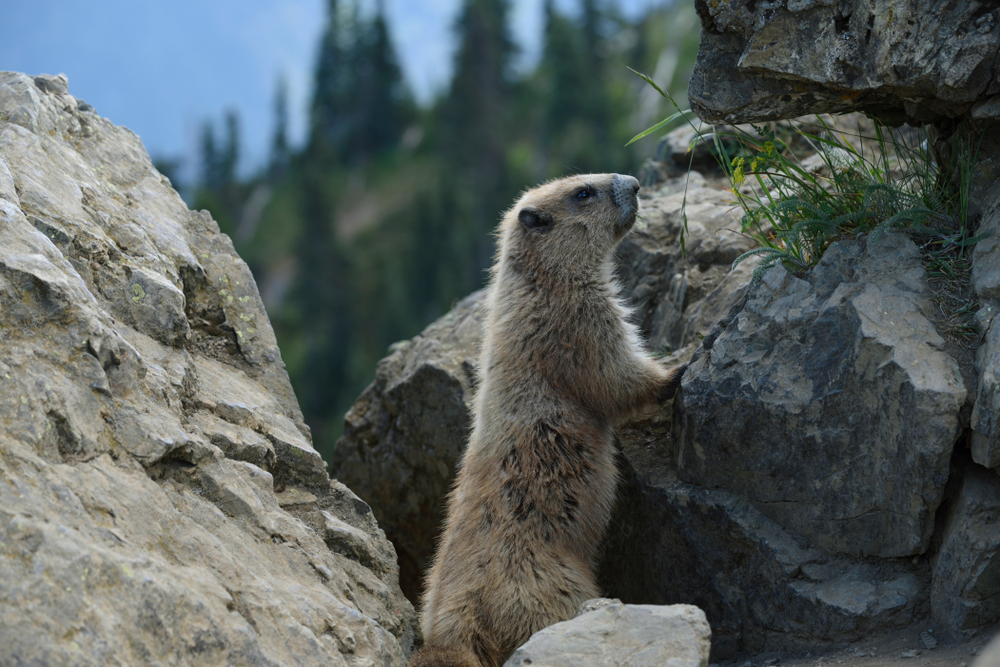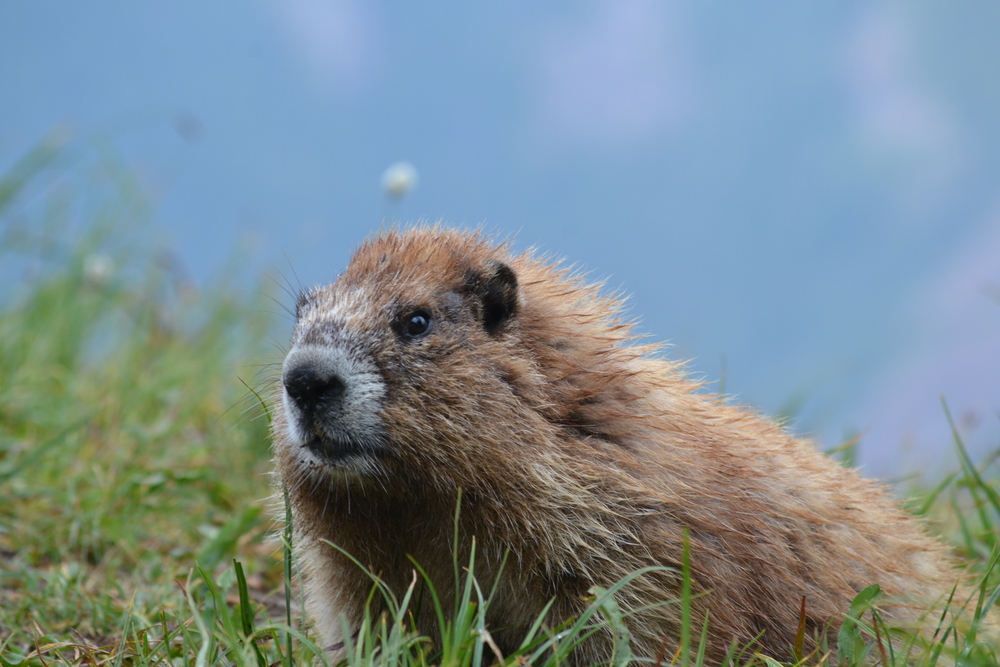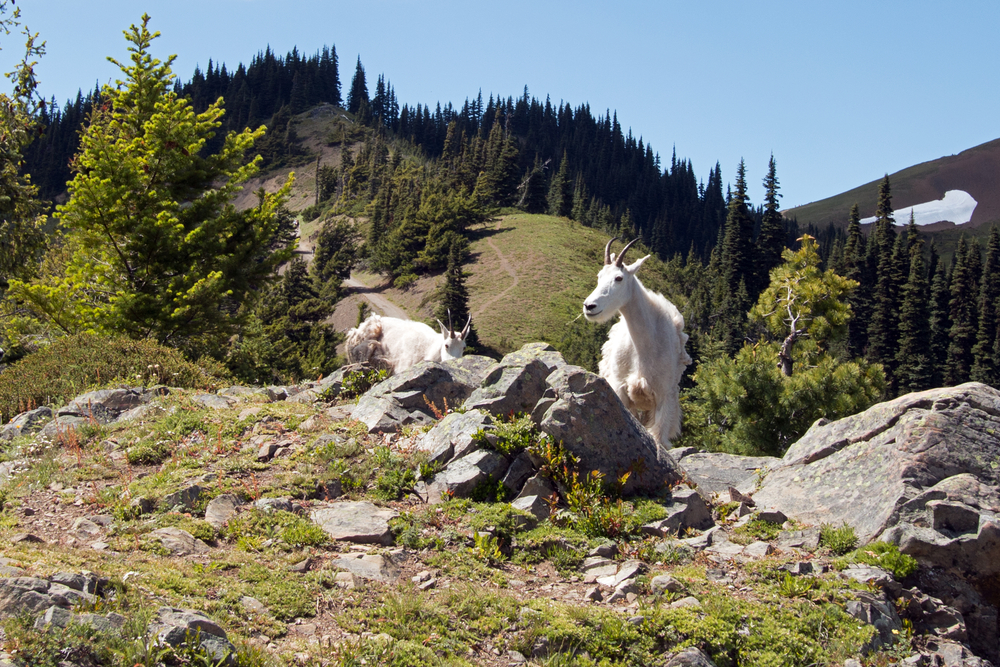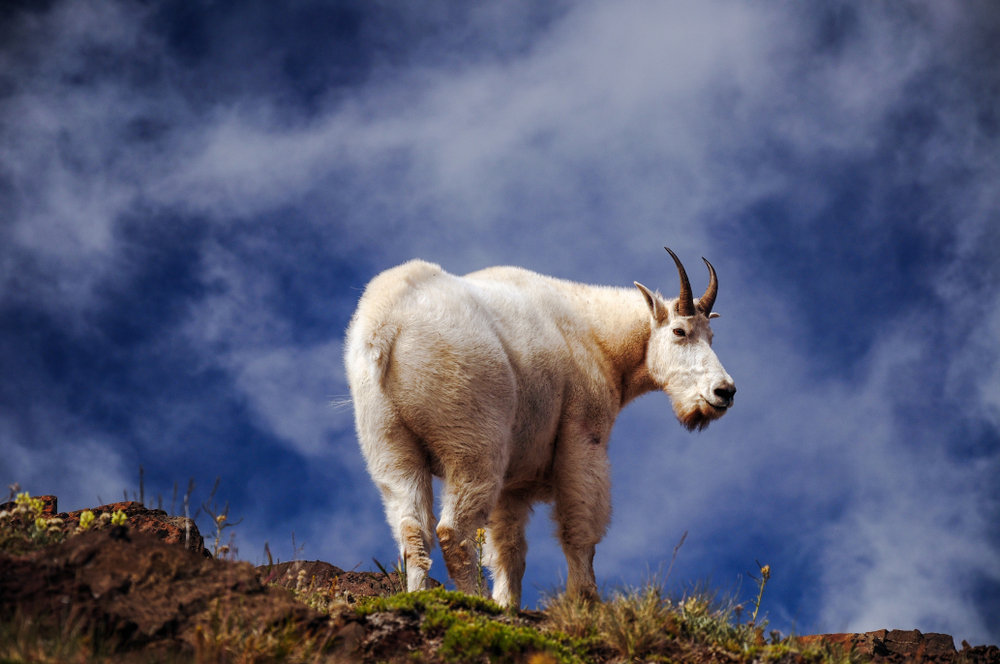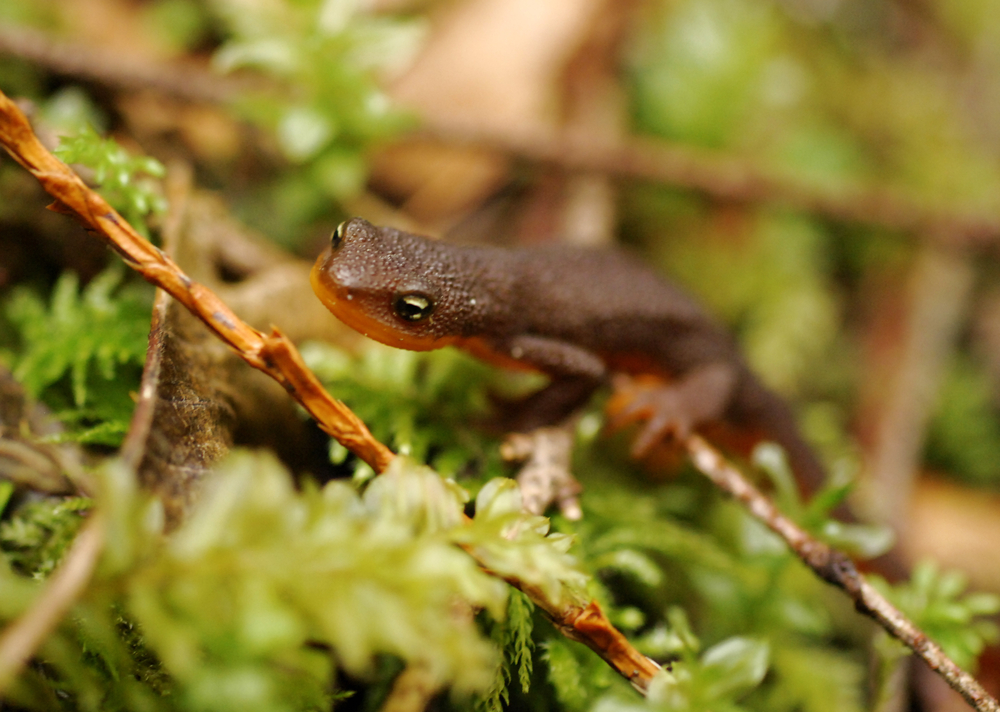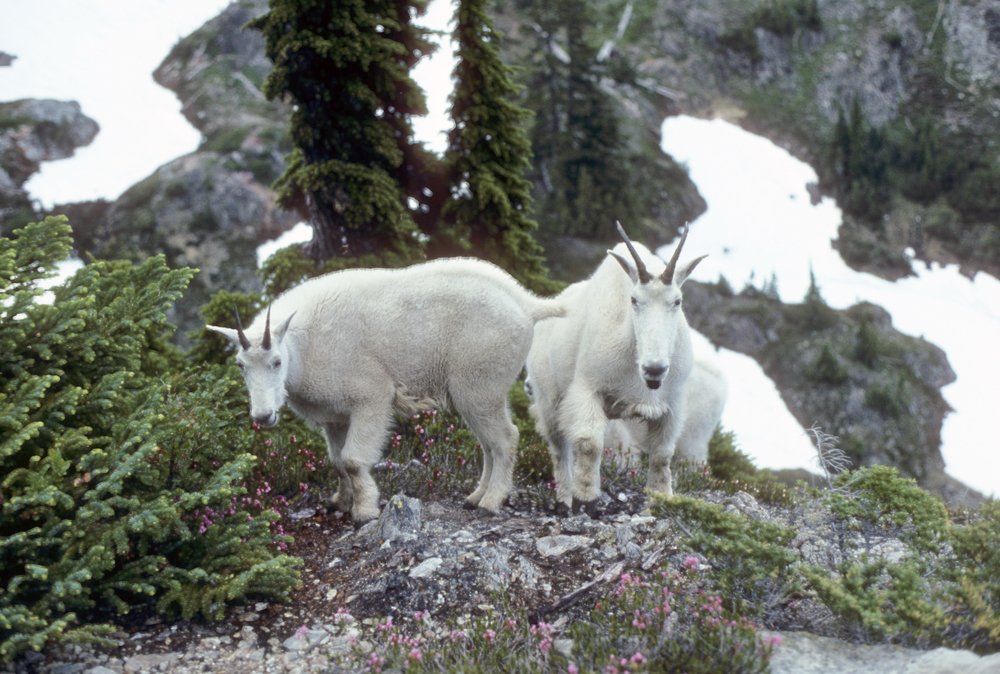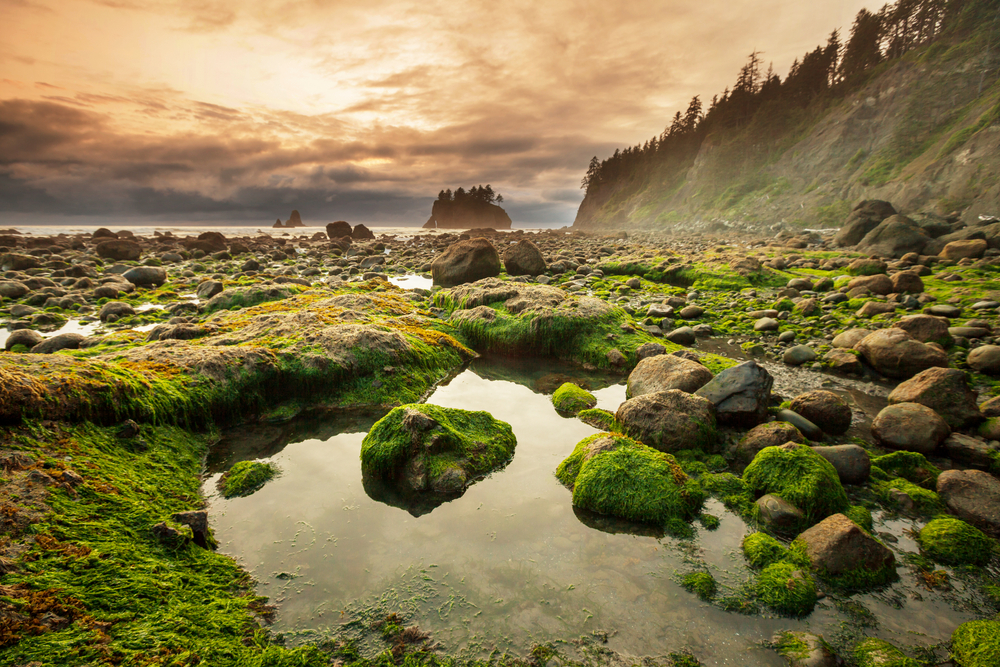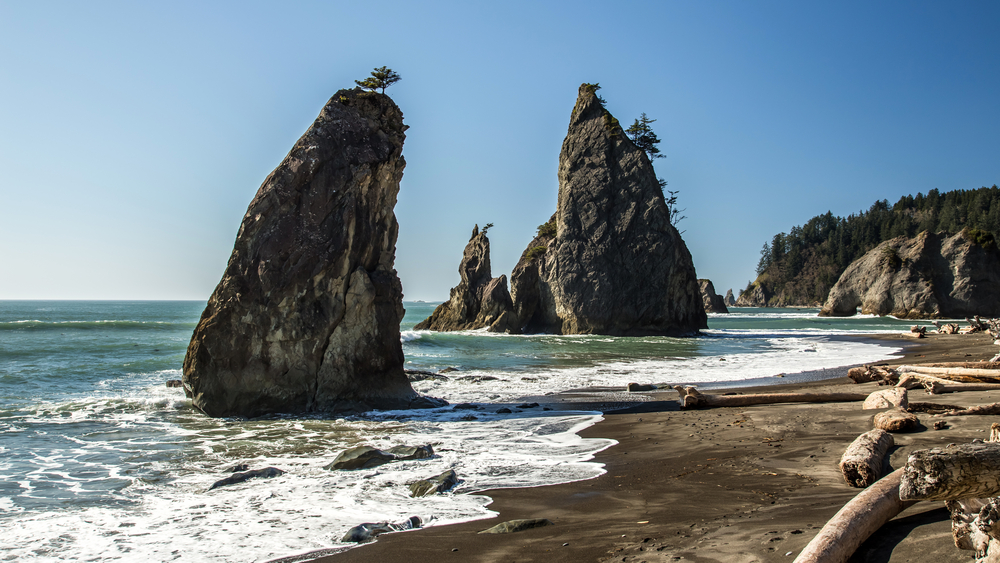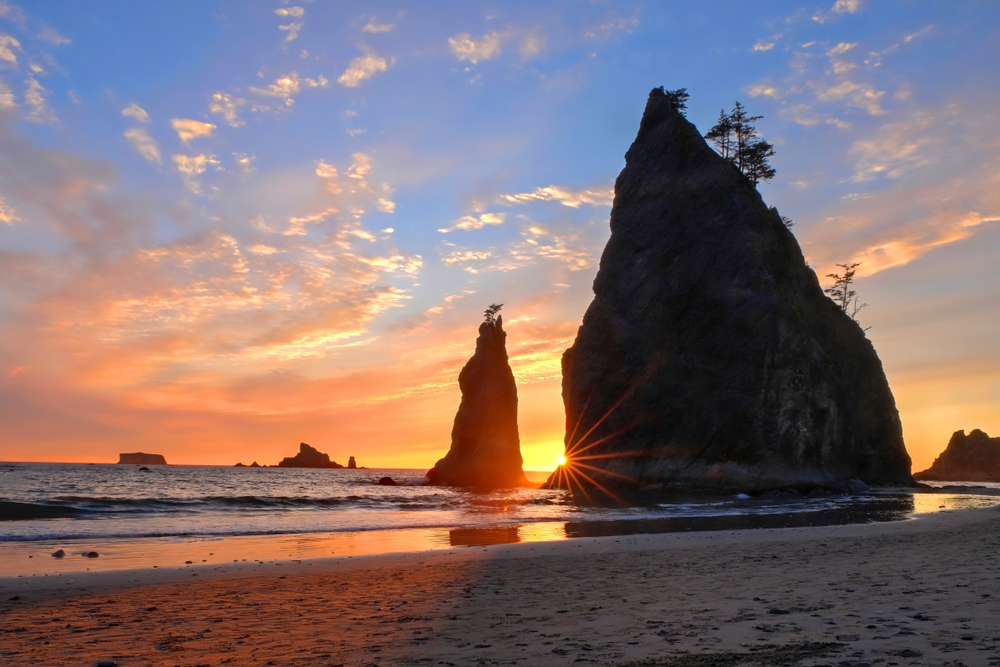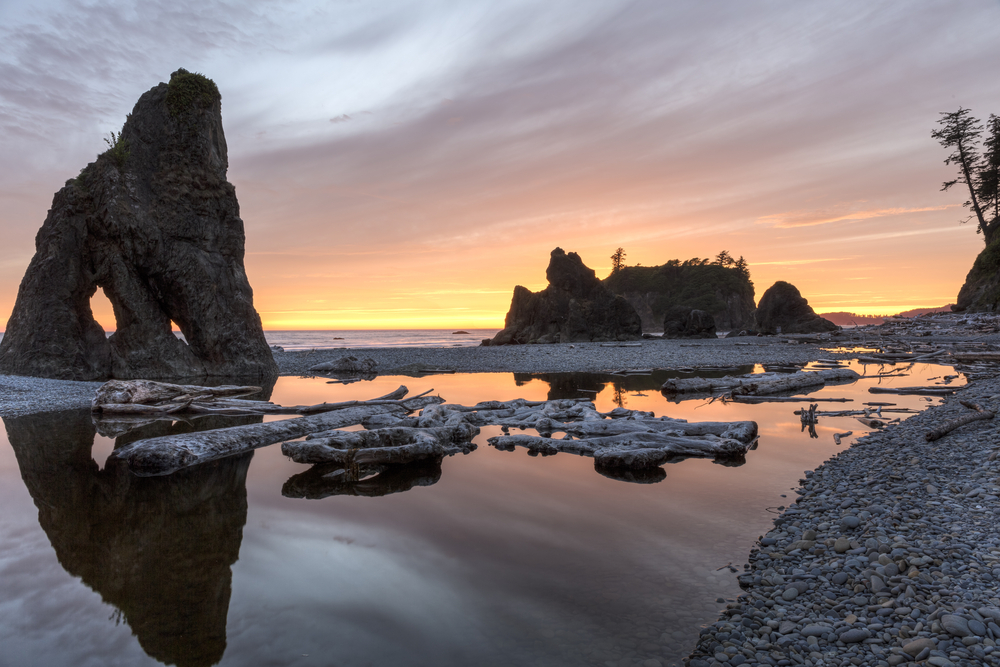Olympic National Park is most renowned for its incredible diversity of ecosystems, ranging from rugged coastline to temperate rainforest, alpine meadows, and glaciated peaks.
The park’s iconic features include its stunning coastline, which stretches for over 70 miles (113 kilometers) along the Pacific Ocean, featuring pristine sandy beaches, towering sea stacks, and dramatic coastal cliffs.
Olympic National Park is also famous for its lush temperate rainforests, such as the Hoh Rainforest, which receive abundant rainfall and support a rich variety of plant and animal life.
Furthermore, Olympic National Park is known for its impressive alpine landscapes, including the glaciated peaks of the Olympic Mountains, which rise to heights of over 7,000 feet (2,134 meters).
Visitors to the park can explore a network of hiking trails that lead to breathtaking vistas, serene mountain lakes, and cascading waterfalls.
With its stunning natural beauty, diverse ecosystems, and opportunities for outdoor recreation and wildlife viewing, Olympic National Park stands as a crown jewel of the Pacific Northwest and a UNESCO World Heritage Site.








































































